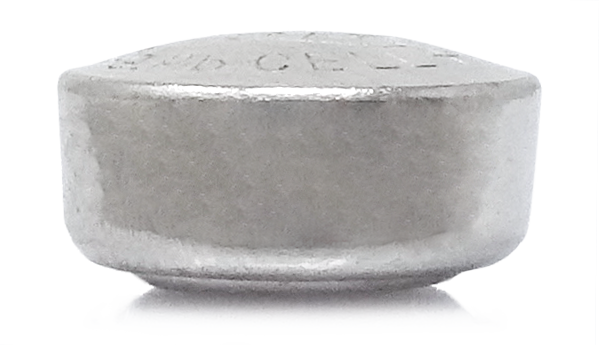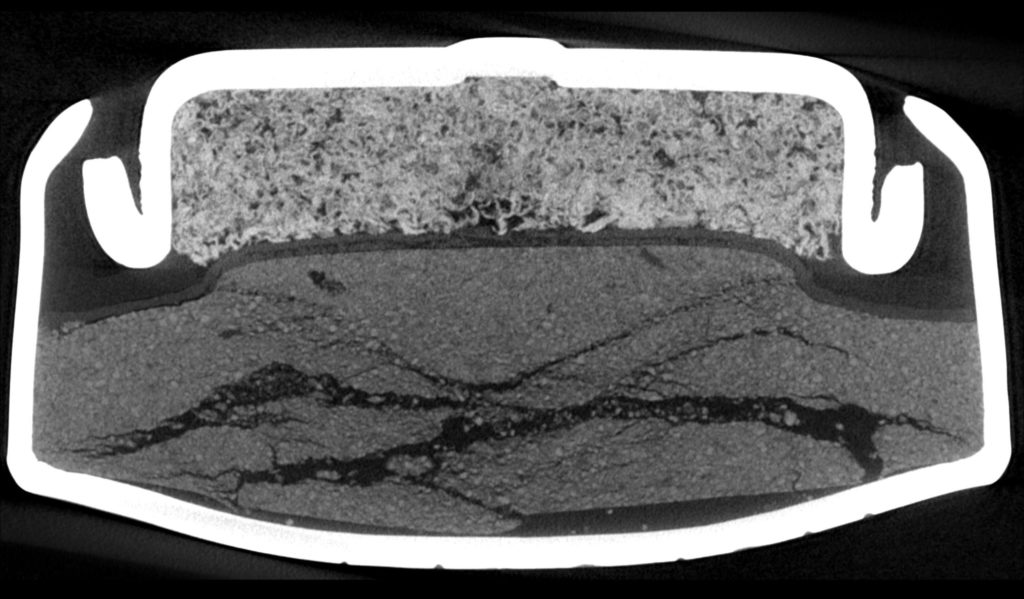Batch Battery CT Scanning to Gauge Quality and Integrity
Computed Tomography for Electronics
Let’s look at a potentially faulty small battery and examine the reasons why we may want to take a closer look inside the part.

Batteries are used in a wide variety of markets from aerospace to medical devices. A battery like this has some visible damage to it. The case on this battery looks swollen with a dome shape to it, and that’s not something you want to see in a quality product. There may be a bigger problem inside the battery causing it to expand. If the damage to this battery goes undetected, the battery could potentially be installed in a pacemaker and implanted inside a human being. If a battery were to leak or burst in an implanted device, it could have lethal results. Performing a quality X-ray scan could save someone’s life.
At NSI we can do 2D X-ray imaging, 3D scanning and 4D scanning. The 2D imaging is like an X-ray you get at a doctor’s office if you broke a bone where the internals of the sample are projected onto one image on top of each other. In a 3D CT Scan, we put the part into the machine and rotate 360 degrees while we acquire thousands of images and we’ll reconstruct those into a 3D model of the part that we can slice through and manipulate in 3D. The 4D scan is a 3D CT scan with an added dimension of time so we can see how the sample changes in 3D over time. Typically, a scan takes about an hour but depending upon our customer’s goals, we can potentially scan a sample like this in as little as a few seconds.
To achieve the best results, we move the battery closer the X-ray source to get a higher resolution scan, resulting in about 4-micron resolution. As the machine rotates the part 360 degrees, it will take 1440 images of the battery which will be reconstructed in the NSI software into a 3D model.
This is the 3D reconstruction of the battery. We can manipulate the object in 3D, rotate, flip, spin, and slice through from multiple orientations.
Performing this scan helps us answer our initial question about the problems that we saw with this faulty battery

In this image we can see that the battery elements have fractured and expanded causing the case to bulge out, forming the dome structure that we saw on the outside of the battery.
If a manufacturer discovered this issue in production, they would need to ensure the safety of the product. For this reason, we have created a batch process to substantially reduce the amount of time it takes to do a multi part scan and can now process thousands of these with quick turnaround time.
Do you want to safeguard the integrity of your parts? Try nondestructive X-ray scanning. You may be surprised with what you find inside.